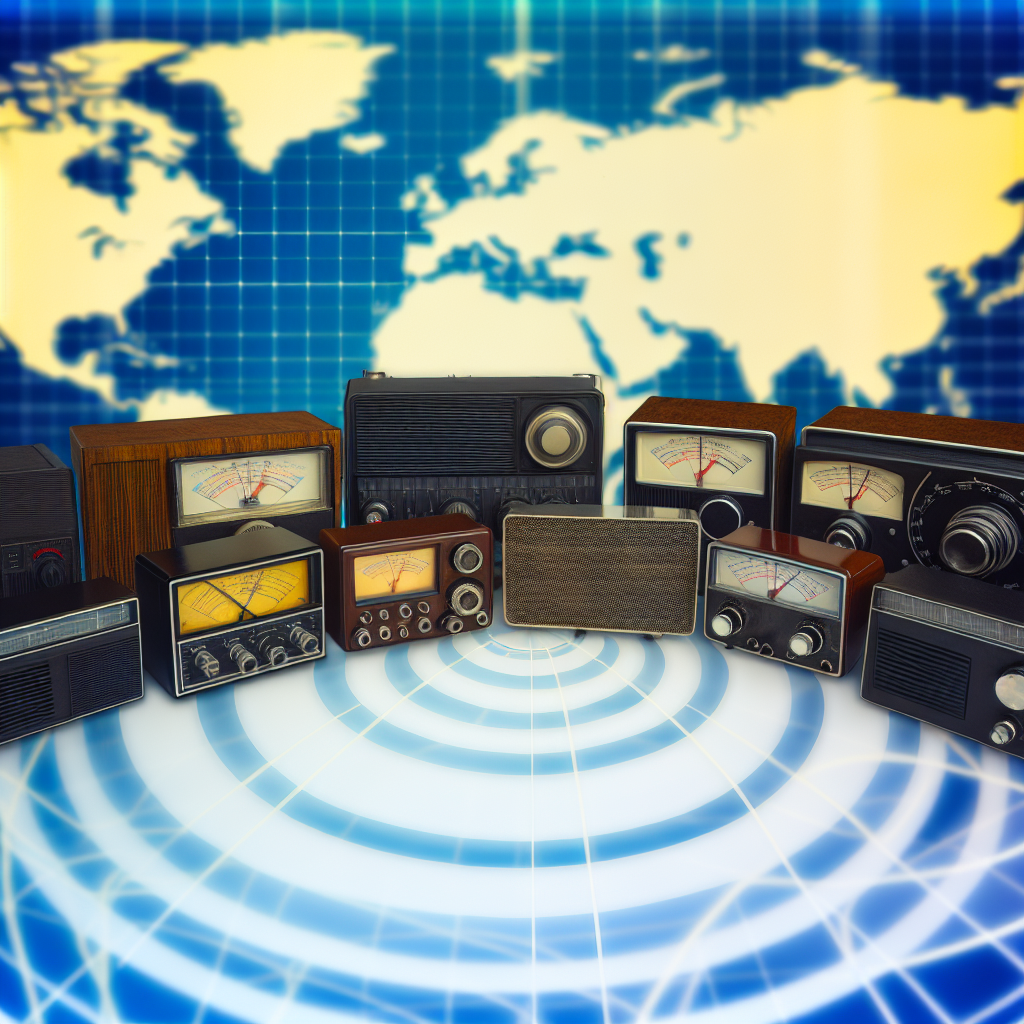Shortwave radio, both a historical marvel and a modern curiosity, transcends conventional radio waves by utilizing high frequency bands. This unique capability allows it to connect distant corners of the world. This article delves into the essence of shortwave radio’s legacy, technological depth, and enduring relevance in global communication.
Understanding Shortwave and HF Radio
Shortwave radio operates within the high-frequency (HF) band, spanning 3 to 30 MHz. This unique segment of the radio spectrum allows for global communication, as shortwave signals can be reflected off the ionosphere, a phenomenon known as radio propagation. Signals bounce from the ionosphere back to Earth, enabling distant reception even under adverse conditions. This capability is essential for international broadcasting and emergency communications. Portable shortwave radios, such as the Tecsun PL-880 and Sony ICF-SW7600, empower users to access global news and information. Analog and digital shortwave receivers, including SDR technology, enhance the listening experience, making it viable for both casual listeners and serious hobbyists.
Exploring Amateur and Ham Radio Bands
The amateur radio spectrum, or ham radio bands, is a captivating segment of the radio frequency spectrum set aside for non-commercial use by enthusiasts. Regulated by national authorities like the FCC in the United States, these bands facilitate experimentation and communication among licensed operators. With frequencies ranging from 1.8 MHz to 300 GHz, they allow operators to engage in various activities, including emergency communication during disasters. This tradition of “hamming” often leads to innovations in antenna tuning and signal reception. As a global community, amateur radio operators not only share knowledge but help bridge communication gaps, especially in rural areas where traditional infrastructure may falter.
The Mechanics of Radio Propagation
The mechanics of radio propagation are pivotal for shortwave communication, allowing signals to traverse vast distances. Skywave propagation, which utilizes the ionosphere, enables radio waves to reflect back to Earth, creating opportunities for long-range communication, especially at night when the ionosphere is more charged. Conversely, ground wave propagation allows signals to travel along the Earth’s surface but is limited in distance and clarity. Seasonal changes and solar activity significantly affect both methods; for instance, higher solar activity can enhance signal strength. Understanding these nuances is essential for effective shortwave listening and emergency communication, amplifying the resilience of rural and travel communication systems.
Shortwave Radios: From Vintage to Modern
Shortwave radios have dramatically evolved from early vintage models to today’s sophisticated digital receivers, offering enthusiasts a diverse listening experience. Early analog shortwave radios like the Grundig radio feature simple knobs for tuning into AM broadcasts, allowing users to tap into global transmissions. In contrast, modern titans such as the Tecsun PL-880 and Sony ICF-SW7600 incorporate advanced features like digital signal processing and multi-band capability. These devices enhance signal reception and antenna tuning, catering to varying conditions. Additionally, the emergence of Software Defined Radio (SDR) technology provides unprecedented flexibility and portability, reshaping shortwave listening and communication for both casual hobbyists and serious DXers.
Applications in Emergency and Remote Communications
Shortwave radio plays a pivotal role in disaster preparedness and emergency communication, providing a lifeline when conventional systems fail. In remote areas where cellular networks are sparse, shortwave frequency bands allow for reliable communication over long distances. Emergency services often utilize HF radio for coordination during natural disasters, as its ability to reach across borders makes it indispensable for international aid. Portable models like the Tecsun PL-880 or Sony ICF-SW7600 serve as essential travel radio gear, enabling users to stay informed about evolving situations. They are optimal for survival scenarios, making shortwave listening a vital skill for both hobbyists and those preparing for emergencies. As a form of communication that transcends geographic barriers, shortwave radio remains an invaluable asset in rural settings and disaster response efforts.
A Sweet Ending
Shortwave radio’s influence remains significant, especially for enthusiasts and professionals navigating vast distances. Despite digital advancements, its ability to offer reliable, long-distance communication ensures its continued niche appeal and practical use in various spheres.

Leave a Reply
You must be logged in to post a comment.